
An illustration by Arthur Rackham for the story ‘Jorinda and Joringle’ from ‘Fairy Tales of the Brothers Grimm.’ The caption for the illustration in the book read ‘By day she made herself into a Screech-owl. Or a Cat” as the cat is actually a shape-shifting witch.
Artist Arthur Rackham was one of twelve children born to Alfred Thomas Rackham, a legal clerk, and Anne Stevenson in London in 1867. Rackham demonstrated a deep, nearly consuming interest in art at a very young age, and when he ran out of paper to draw on, he would use his pillowcase as a canvas. His artistic talent would not go unnoticed once Rackham enrolled in school, and at the age of sixteen, he would travel to Australia, where he would spend many months painting images of the country’s rolling landscape. Other accounts of Rackham’s trip down under indicate the trip was in part to help the young artist combat a state of ill-health. Upon his return, his father, who was not necessarily supportive of Rackham’s artistic ambitions, convinced his son to seek work in a conventional setting, which he did as a clerk in 1855. During this time, Rackham would continue his studies at the highly specialized Lambeth School of Art.
He would soon leave his position as a clerk to pursue his passion for illustration, much to the disappointment of his father. Rackham Sr.‘s annoyance would be short-lived as his son’s style of illustration and painting for children’s books would eventually become the required standard for other artists of the time period to aspire to. Rackham’s influenced not only his contemporaries but also artists for generations to come, including Walt Disney, who was a big fan of Rackham’s artwork. Disney would later request his talented team of artists and background artists to adapt Rackham’s watercolor/pen and ink style for Snow White and the Seven Dwarfs (1937). Deeply proficient as both a painter and illustrator, Rackham curiously viewed both mediums as very different pursuits pointing out how differently illustrations were generally interpreted by the viewer:
“A picture both in subject and treatment must be considered as a work for constant contemplation - a permanent companion. An illustration, on the other hand, is only looked at for a fraction of time, now and then, the page being turned next, perhaps, to a totally different subject, treated, it may even be, in a totally different way. In this branch, bizarre and unusual effects of arrangement, violent actions, exaggerations and other matters of spasmodic interest may find a place almost forbidden on the walls of a room.”
Rackham’s work as a full-time illustrator was busy, and his work appeared in numerous magazines and books. In 1900, he would meet his soon-to-be-wife painter Edyth Starkie whose work would inspire the artist to define his own style and not to follow the path of convention as it pertained to his artwork. This same year Rackham would contribute 95 pen and ink drawings as well as a color piece for the Fairy Tales of the Brothers Grimm. This experience would be the catalyst for Rackham’s artistic evolution most notably in his work for Washington Irving’s Rip Van Winkle (1905). Other impactful pieces of literature containing Rackham’s illustrations would follow such as Peter Pan in Kensington Gardens (J. M. Barrie, 1906), Alice’s Adventures in Wonderland (Charles Lutwidge Dodgson under the pseudonym Lewis Carroll, 1907) and later in 1909 with the completion of 40 additional illustrations for the Fairy Tales of the Brothers Grimm. The demand for books illustrated by Rackham was great, including requests for elegantly bound editions signed by the artist. His decision to leave his clerk position proved to be right on the money, quite literally, as Rackham and his wife would become quite affluent as a result of his success.
Following the conclusion of WWI, interest in books illustrated by Rackham (which were steeped in folklore and fairies), became less appealing to British consumers but he was still in high demand in the U.S. and was offered a huge commission from the New York Public Library to paint a series of pieces based on A Midsummer Night’s Dream. Even with the decline in the consumer market, Rackham had no problem finding work or commissions and in the last part of his life he would add costuming and set design to his vast resume after accepting the task of creating the costumes, background artwork and elaborate curtains for an opera based on Hansel and Gretel-a German fairy tale retold by Rackham’s beloved Brothers Grimm.
When Arthur Rackham passed away, he was memorialized in The Times of London as “one of the most eminent book illustrators of his day.” His only child, Barbara Edwards, would qualify this statement with her own revealing the core of her father’s ethos:
“To do his job well and give pleasure to as many people as possible was his ambition.”
Below are illustrations by Rackham, and as you will see, he was quite fond of witches (aren’t we all?). Enjoy.
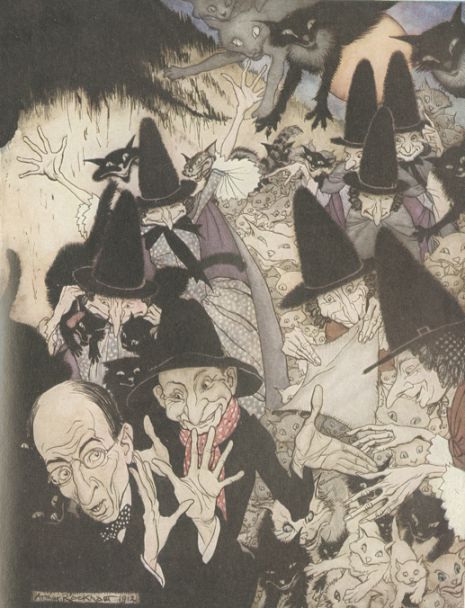
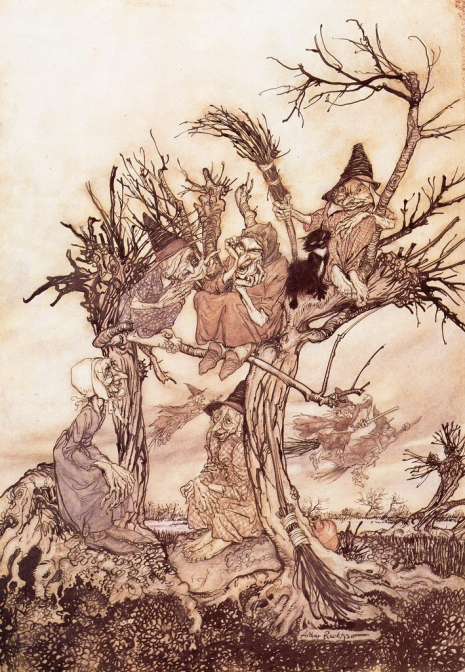
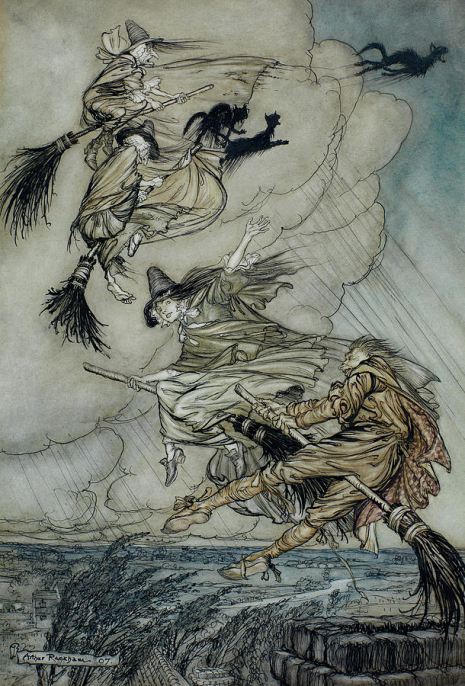
1907.

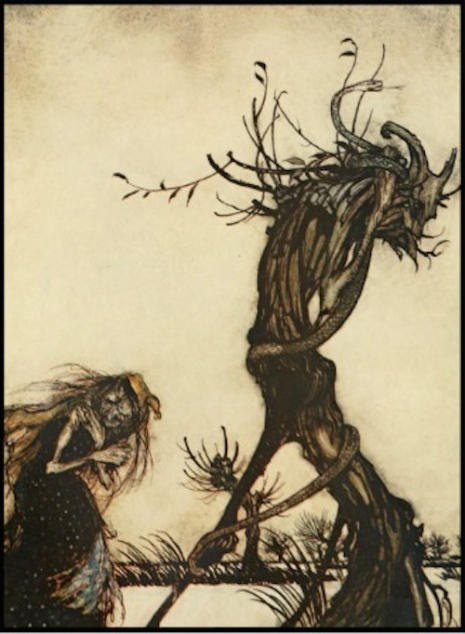
_465_341_int.jpg)
This illustration by Rackham, ‘The Witches Sabbath’ appeared in another Washington Irving book, 1928’s ‘The Legend of Sleepy Hollow.’ Originally done in black and white, following its publication in 1928 Rackham would rework and add color to the illustration.


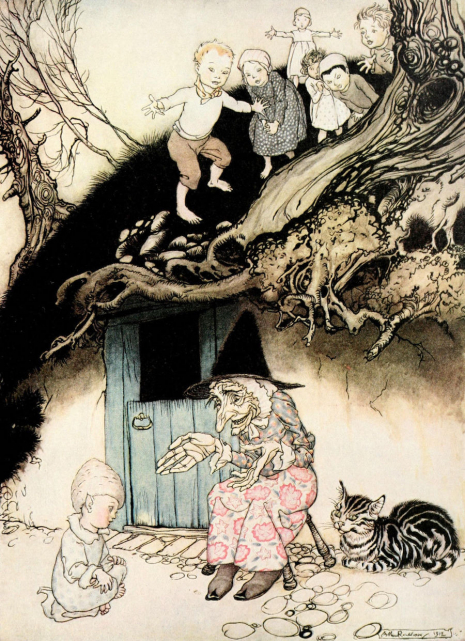
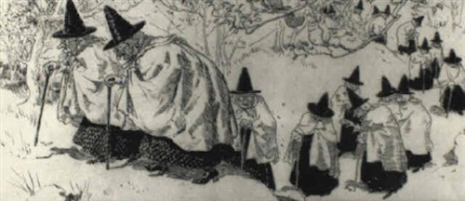
‘Procession of Witches.’
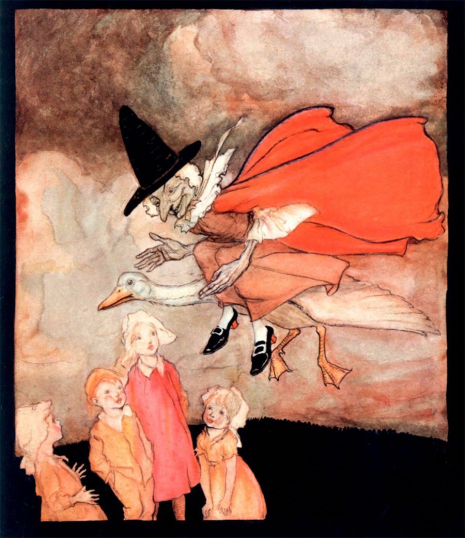
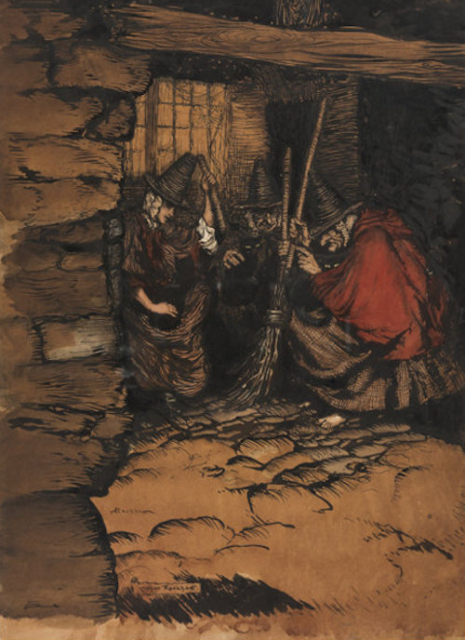

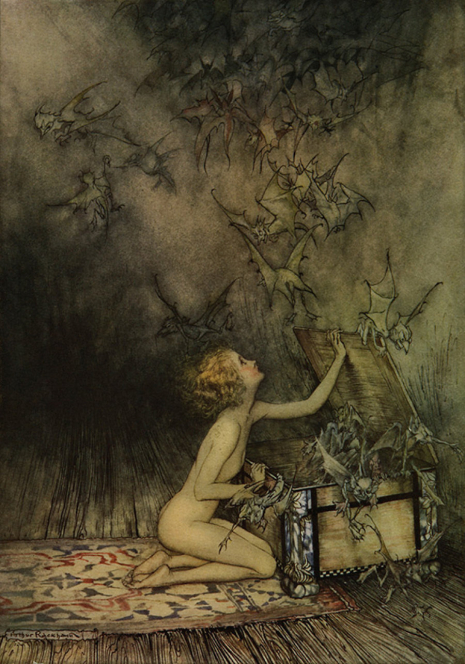
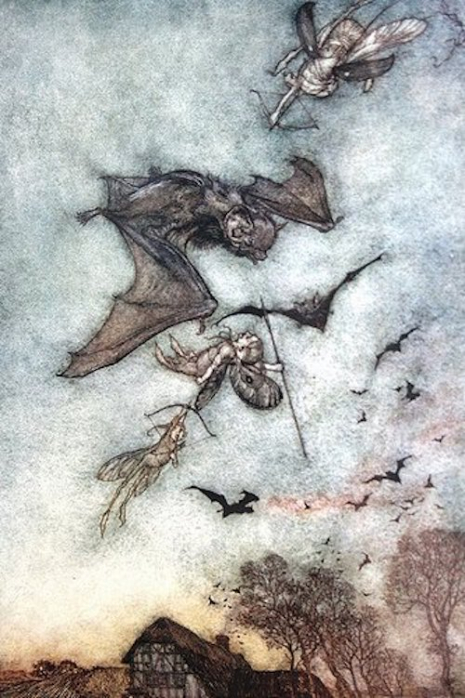
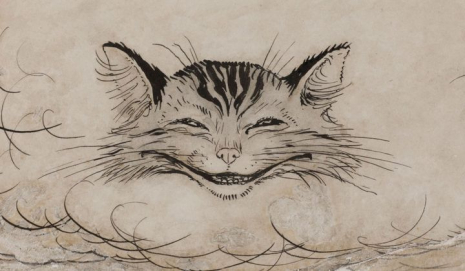
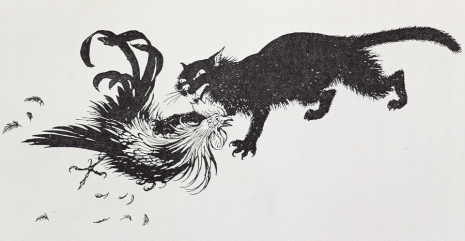

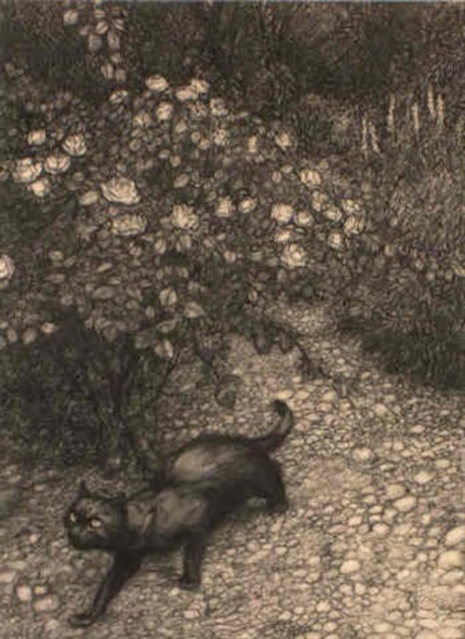
‘The Lucky Black Cat.’
Previously on Dangerous Minds:
Black cats, black magic, and bad luck: Spellbinding occult-themed embroidery
Strange Illustrations of Robots, Devils, Fire-Breathing Witches, and Weapons of War from 1420
Witches, black metal demons & the devil: Scary illustrations that will become your new nightmares
Red Devils, Black Bats & Angry Cats: The wacky art of vintage fireworks packaging
Mad nuns, torture, witchcraft, & Satan: Silent film ‘Häxan’ narrated by William S. Burroughs